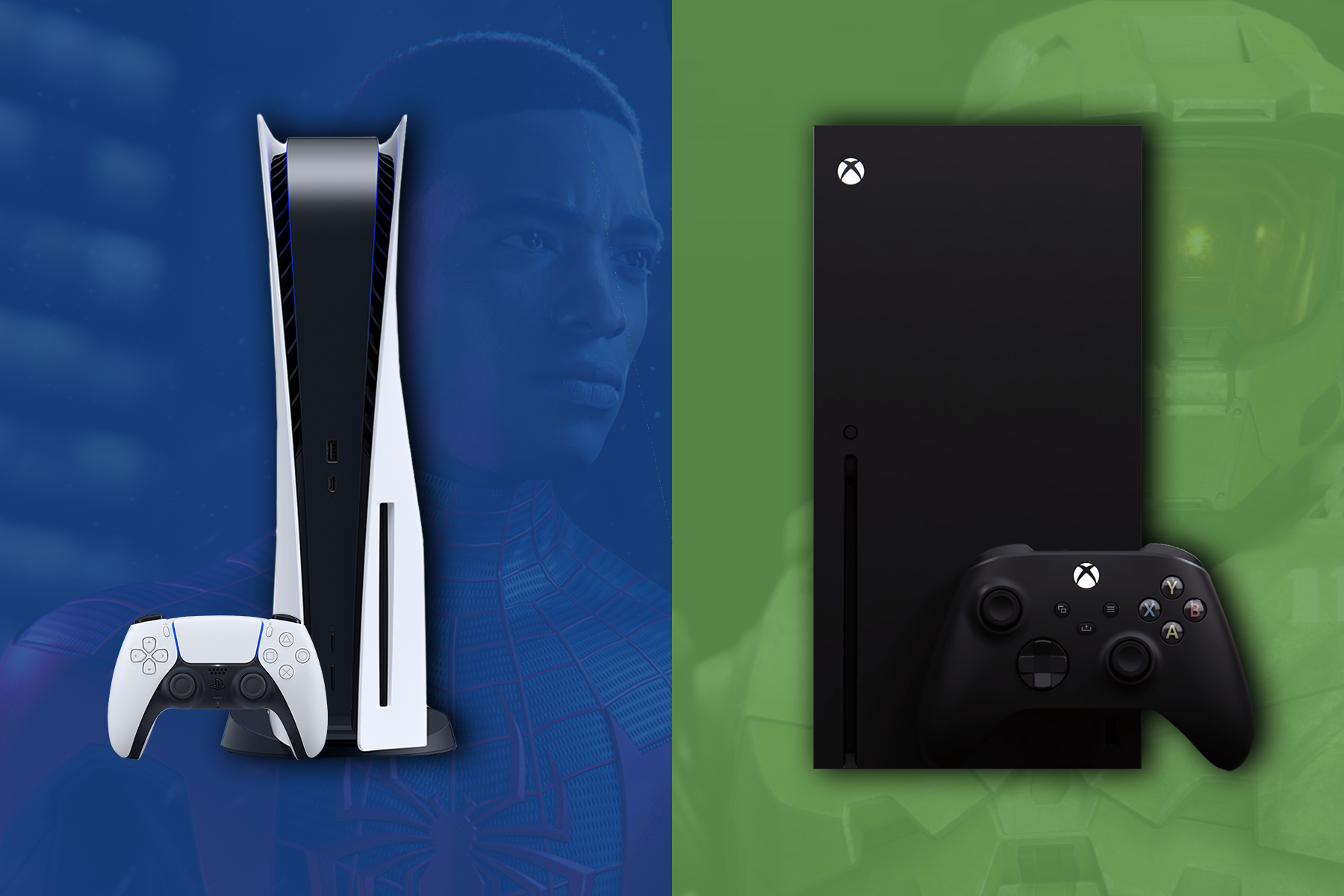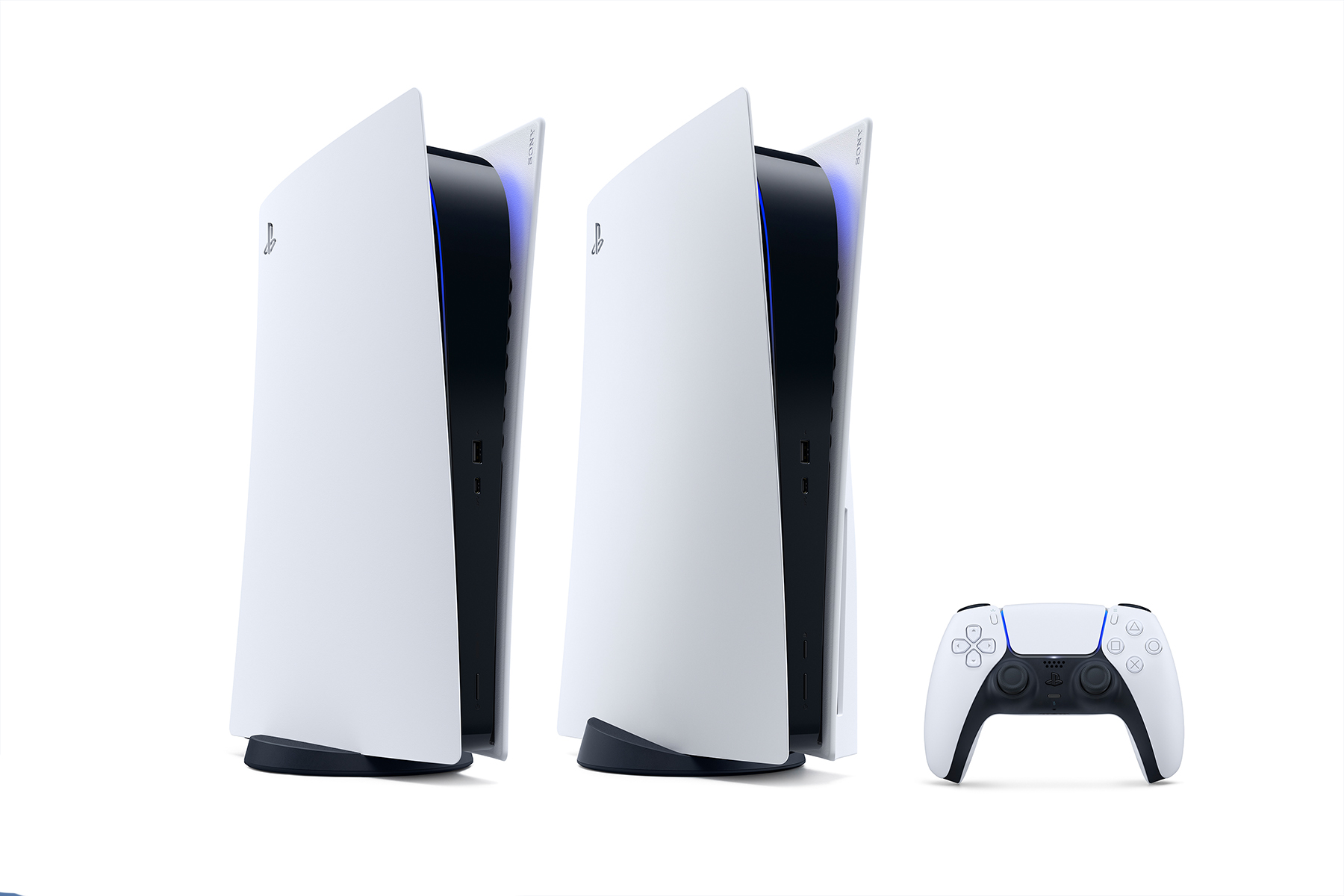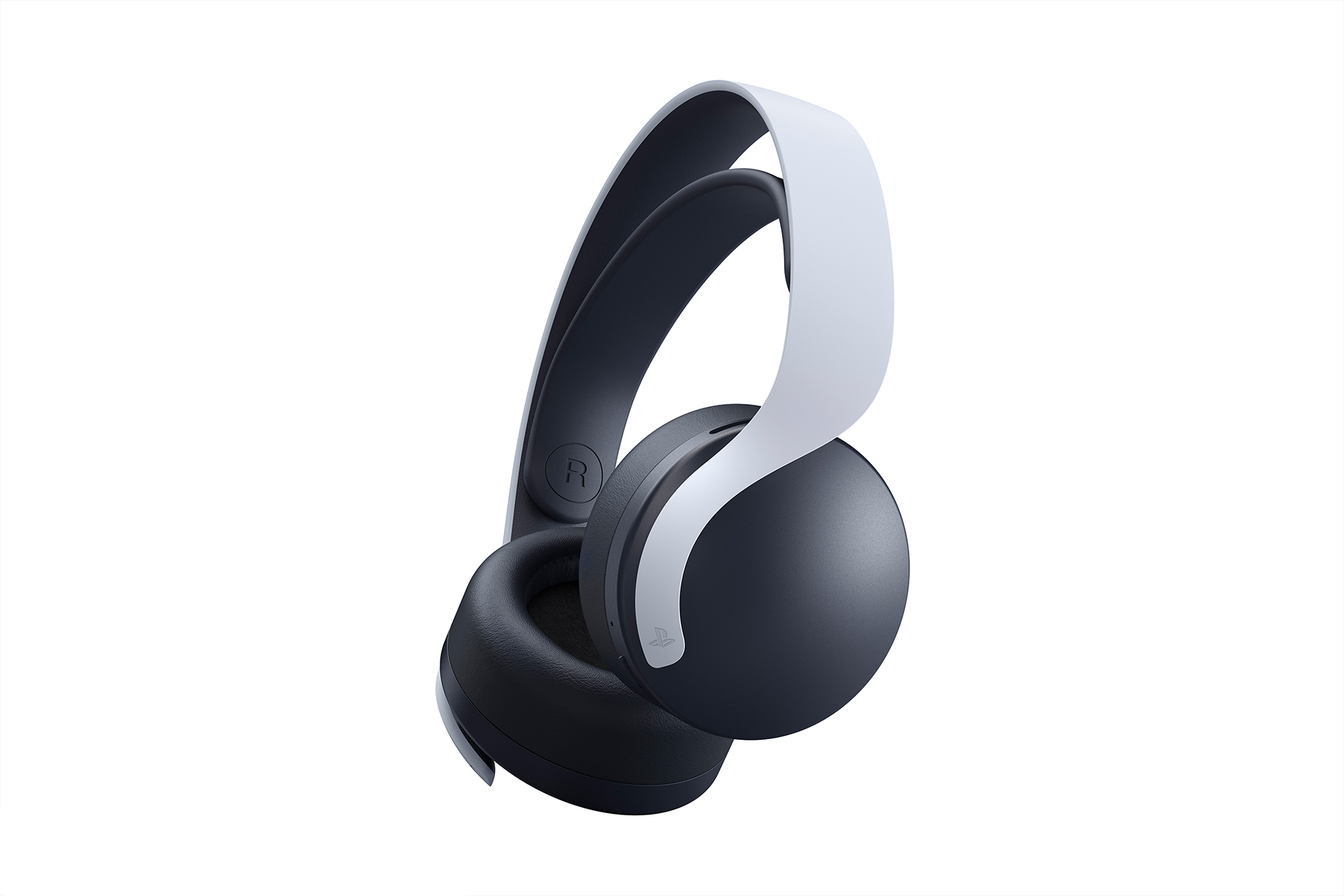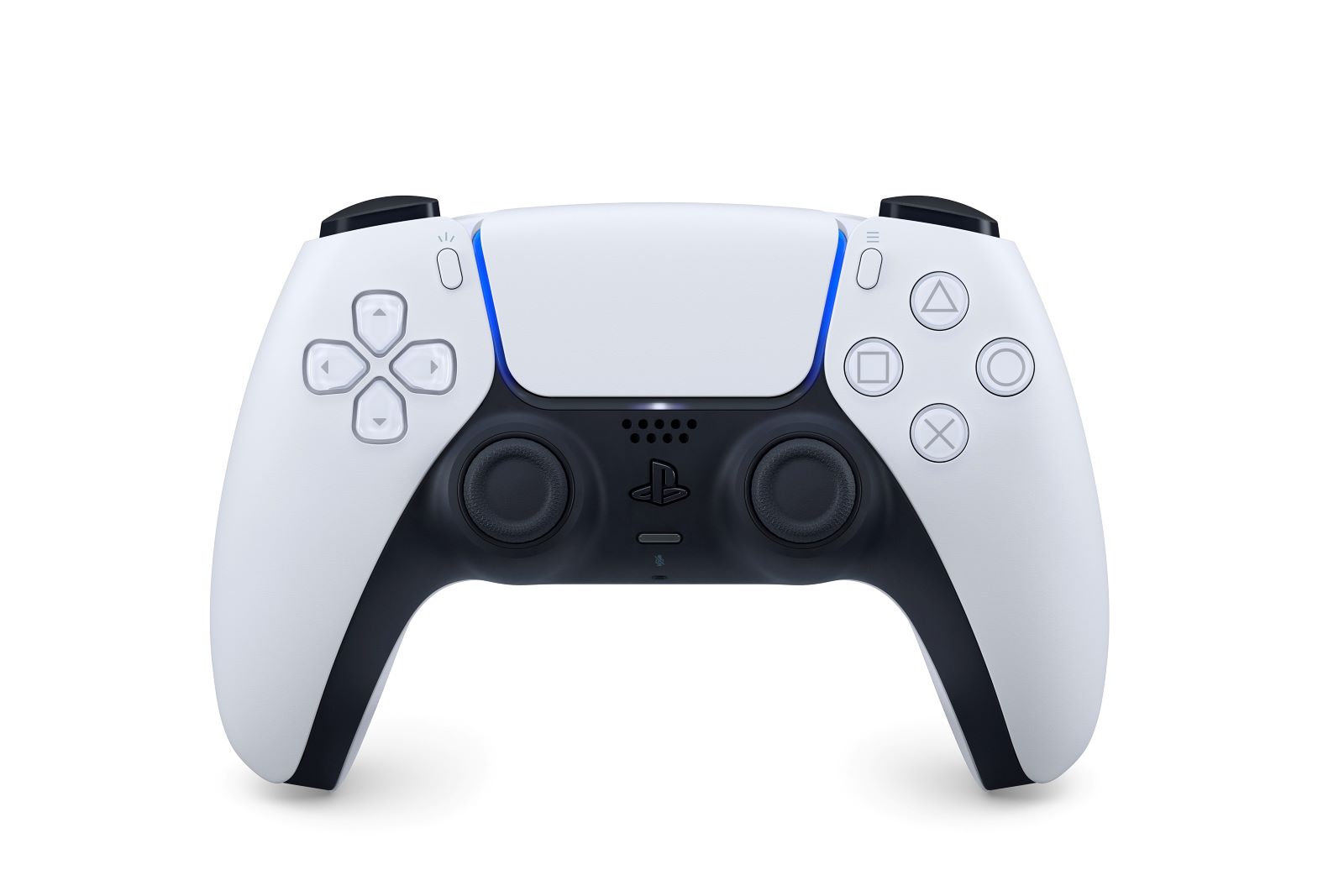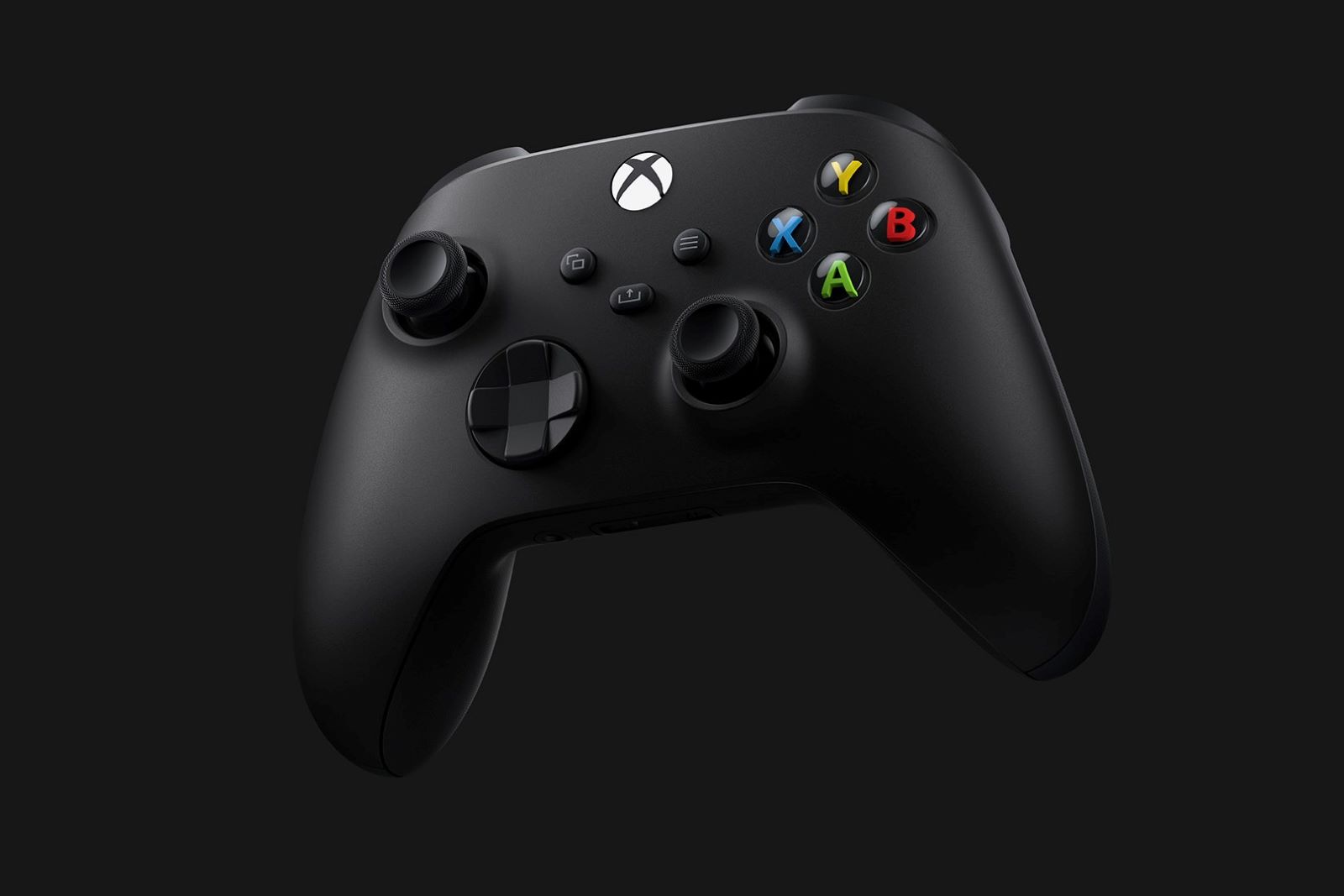Optus Mobile Review ALDI Mobile Review Amaysim Mobile Review Belong Mobile Review Circles.Life Review Vodafone Mobile Review Woolworths Mobile Review Felix Mobile Review Best iPhone Plans Best Family Mobile Plans Best Budget Smartphones Best Prepaid Plans Best SIM-Only Plans Best Plans For Kids And Teens Best Cheap Mobile Plans Telstra vs Optus Mobile Optus NBN Review Belong NBN Review Vodafone NBN Review Superloop NBN Review Aussie BB NBN Review iiNet NBN Review MyRepublic NBN Review TPG NBN Review Best NBN Satellite Plans Best NBN Alternatives Best NBN Providers Best Home Wireless Plans What is a Good NBN Speed? Test NBN Speed How to speed up your internet Optus vs Telstra Broadband ExpressVPN Review CyberGhost VPN Review NordVPN Review PureVPN Review Norton Secure VPN Review IPVanish VPN Review Windscribe VPN Review Hotspot Shield VPN Review Best cheap VPN services Best VPN for streaming Best VPNs for gaming What is a VPN? VPNs for ad-blocking And in the blue corner stands the favourite child of last-gen’s almighty Sony PlayStation 4: unsurprisingly, called the PlayStation 5. Sony may have the edge given its dominance in this current console generation, but Microsoft is poised to hit the ground running with its next-gen console. Let’s take a closer look at how both these next-gen fighters fare in the match-up. Though ultimately dwarfed by the surprise runaway success of Nintendo’s Wii with its 101.63 million worldwide sales, the battle between the PlayStation 3 and Xbox 360 was much, much closer. While Sony won again with 87.4 million worldwide sales of its third console, Microsoft was swinging at Sony until the end with 84 million worldwide sales of its second console. The Xbox One vs PlayStation 4 brawl should’ve been even closer, but after an odd TV-focused unveiling, an initial stubborn commitment to an always-online requirement, and way too big an emphasis on the now-discontinued Kinect technology, Microsoft lost a lot of ground after the first-round bell. The result: more than 106 million PlayStation 4s sold, compared to an estimated 47 million Xbox Ones. Even if you disregard Microsoft’s rocky start, Sony ultimately won out with a diverse range of quality PS4-exclusive game. It would seem that Microsoft attends to address this with the Series X, care of the purchase of some big-name developers a few years ago. Microsoft has pledged support for external drives and the Series X has a 1TB expansion port. The PlayStation 5 will have a dedicated M2 expansion port, plus it will support USB external drives, albeit only for PS4 backwards compatibility games. Speaking of backwards compatibility, Sony has promised to have the overwhelming majority of the 4,000-ish PS4 library playable, but Microsoft is countering by supporting for a combo of thousands of games from its past three console generations. Both consoles will look the part with support for up to 8K resolution, but that would assumedly be limited to 30 frames per second (fps). Microsoft has said it’s aiming for 4K 60fps as the standard for Xbox One X games, albeit with the option for developers to push games up to 120fps, which may also impact the resolution. The PS5 also lists support for 120Hz TVs, which means it’s likely it will let developers favour frame rate (up to 120fps) over fidelity. While this positive ear-punch is best experienced with a headset, Sony claims you’ll hear the difference with speakers (apparently even TV speakers). Controller inputs are set to be faster than ever before, then synchronised with console and screen to create the kind of low-latency responsiveness that’s normally reserved for mechanical keyboards with incredibly short actuation points. You can reportedly also opt for a wired connection for even faster button inputs. It’s likely that the two combatants have learnt from these past mistakes for their respective next-gen consoles. While 8K gaming will be achievable, it’s not likely to become the standard anytime soon, mostly because a lack of other 8K-resolution content to justify the steep cost of an 8K TV. 4K TVs, though, are a whole lot more ubiquitous these days, which means 4K-resolution games will become the new benchmark, hopefully with 60fps as the standard across both. The more important consideration for competitive gamers seeking a fighting advantage (possibly in cross-platform games) is 120fps titles that result in reduced input latency and reward faster reactions. The PS5 and Series X both have the capacity for ray tracing, which is a resource-demanding technology which, if active or activated in a game (PC games give you the option to enable or disable it), will result in other graphical compromises, like lower frame rates or even lower resolutions to facilitate a stable playable frame rate. To date, the implementation of ray tracing in PC games ranges from barely noticeable and unimpressive in the likes of subtle shadow improvements in Call of Duty: Modern Warfare, to the jaw-dropping immersion of realistic lighting, shadows, and reflections of Control. The light bar has been sagely shifted from the front to the top of the controller, and there’s a currently mysterious Create button where the Share button used to be (though the Share button isn’t gone, apparently). In terms of feel, the DualSense boasts haptic feedback and adaptive triggers to contextually replicate the feel of what you’re playing. There’s a dedicated Share button alongside a reworked D-pad, with grip improvements care of a matte finish meant to match dry or sweaty grips. The big difference between the two controllers that’ll likely be debated long after release comes down to batteries. DualSense has a rechargeable battery that Sony claims has a strong battery life. Microsoft’s new controller needs AA batteries but can be upgraded with a rechargeable battery pack. For Series X, the big one is i, which is the next core Halo space outing that’s set to be a launch title. The other big one for the Series X is Senua’s Saga: Hellblade II, which is a stunning-looking sequel to the well-received exploration of psychosis through a dark fantasy lens. More Series X exclusives will be announced in the lead-up to launch. The PS5 has nine exclusive titles that are officially in development, including Gran Turismo 7 for race-sim fans, the continuation of the long-running action-platformer series in Ratchet & Clank: Rift Apart, more web-swinging in Marvel’s Spider-Man Miles Morales, and a stunning-looking sequel to a newish Sony IP in Horizon Forbidden West. As for the other officially unveiled PS5 exclusives, you can pick from Astro’s Playroom, Demon’s Souls, Destruction All Stars, Returnal, and Sackboy A Big Adventure. The current list of Xbox Series X Smart Delivery games is as follows: The bigger differences are found when comparing the next-gen digital-only consoles. While we’ve got a page dedicated to the PlayStation 5 Digital Edition and Xbox Series S debate, you’re ultimately looking at saving money by opting for a PlayStation 5 Digital Edition ($599.95) or Xbox Series S ($499). At first glance, that $100.95 difference between the two makes the Xbox Series S the clear winner. But the only hardware difference between the PlayStation 5 and the PlayStation 5 Digital Edition is a disc drive in the former and a lack of one in the latter. For the Xbox Series S, it’s noticeably less powerful than the Xbox Series X (not to mention the PlayStation 5). In this comparison, you’re better off going for a future-proofed next-gen console in the PlayStation 5 Digital Edition rather than the Xbox Series S.
